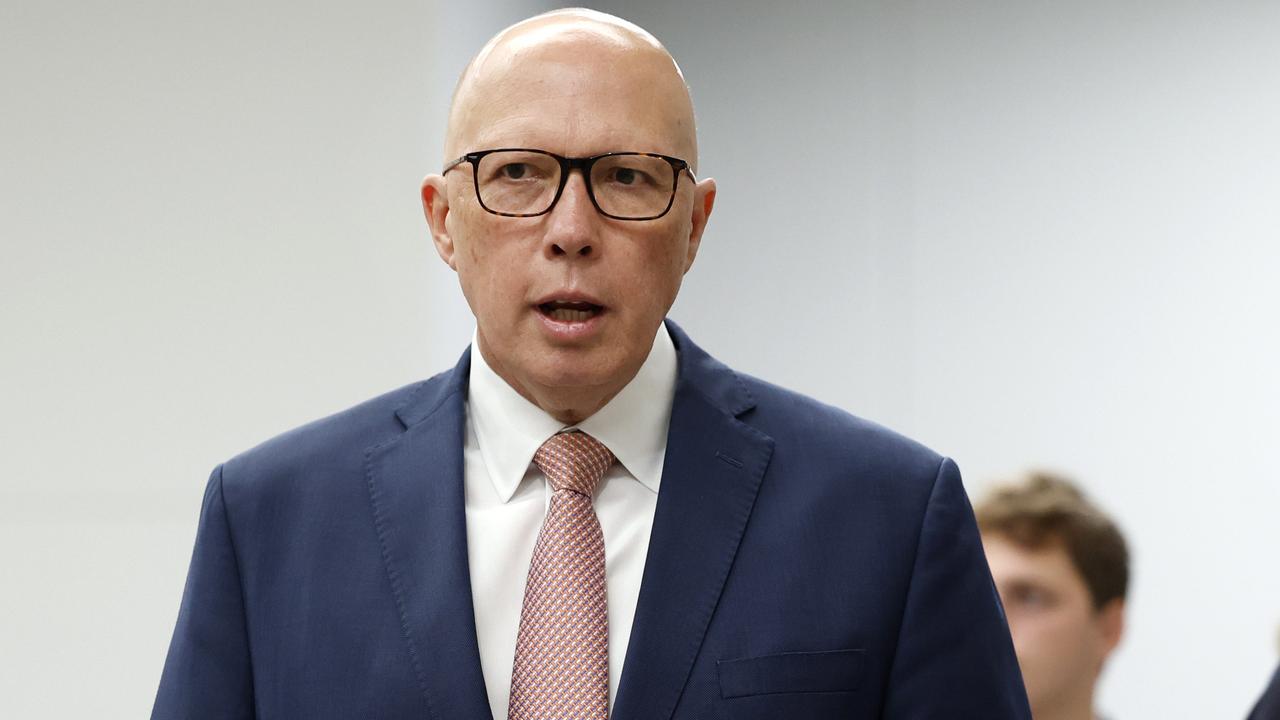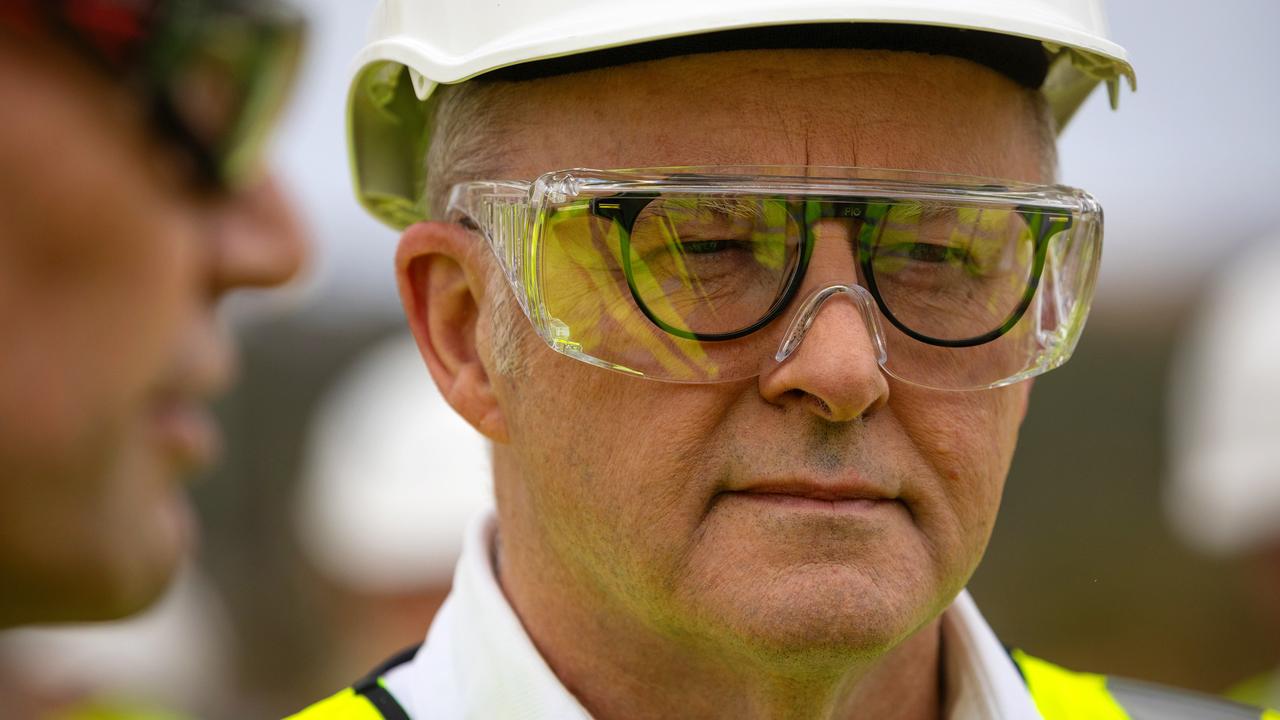Mapped: PM trend Dutton will be fighting against
Some states have produced arguably too many Prime Ministers, while other states have arguably produced too few. But can Opposition Leader Peter Dutton defeat the ‘Queensland curse’?
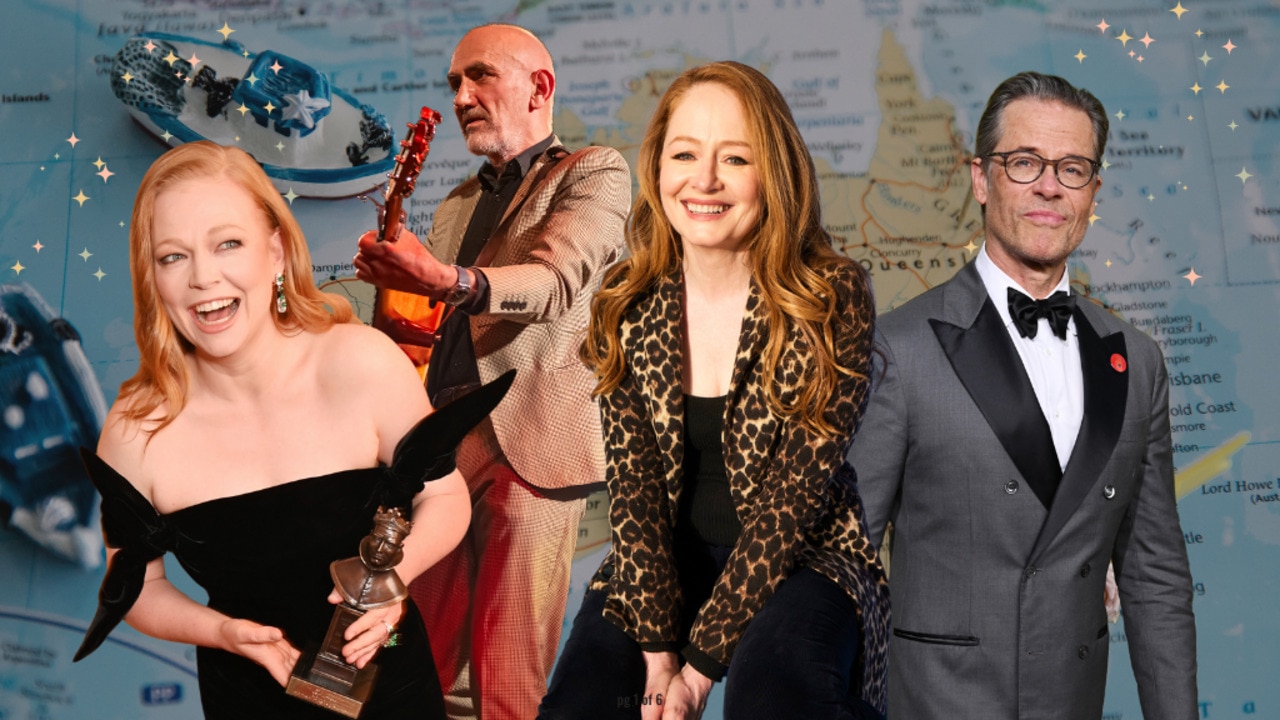
Federal Election
Don't miss out on the headlines from Federal Election. Followed categories will be added to My News.
Peter Dutton doesn’t exactly have history on his side in his quest to become prime minister. The fact is, Australia rarely turns to a Queenslander to run the joint, and when we do, it’s never for very long. In fact, only one prime minister from the Sunshine State has ever served a full term.
That was Andrew Fisher, in the second of his three stints in the top job, between 1910 and 1913. (He served a bit over six months in his first go as PM, and a little under six weeks in his third.)
The other Queenslanders who ended up as prime minister weren’t stayers. Arthur Fadden was PM for 39 days; Frank Forde for seven.
Then there was Kevin Rudd, the Mandarin-speaking former mandarin from Nambour, who tasted sweet victory at the November 2007 election, only to be spat out like a pip by his own party in June 2010.
While Queenslanders might grouse about the short shrift they’ve been given on the national political stage, the reality is they’re doing better than other states.
Tassie and Western Australia have provided the country with just one Prime Minister each (Joseph Lyons in the 1930s and John Curtin in the 1940s, respectively), while no Lodge occupant has ever represented seats in South Australia, the NT or the ACT.
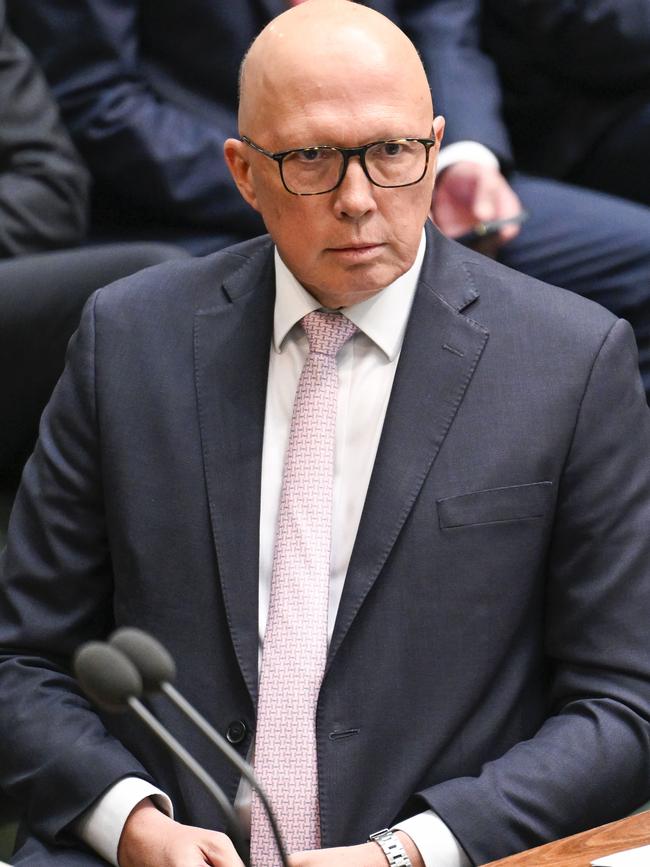
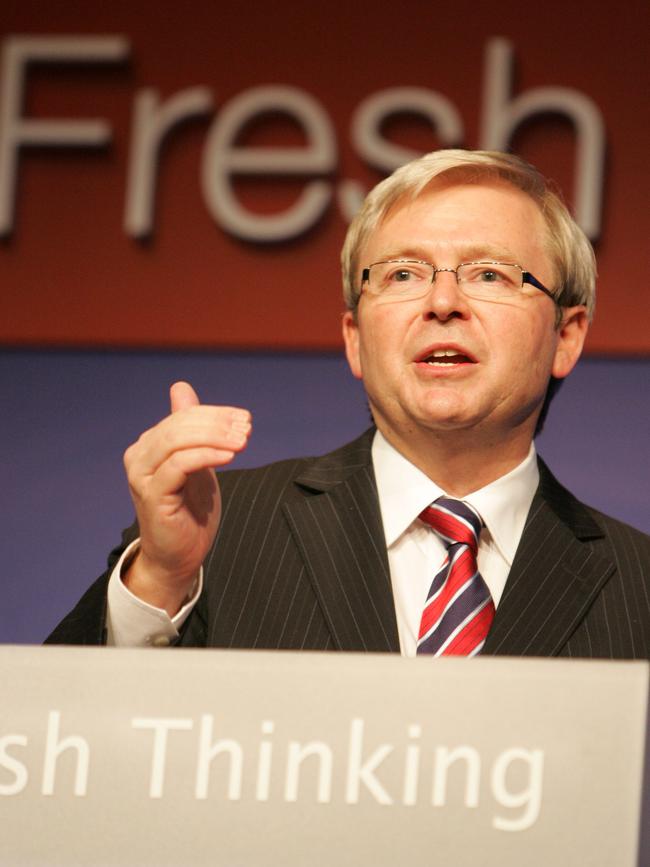
(SA, WA, the ACT and Victoria can all lay some claim to Bob Hawke, given he was born in Border Town, SA, grew up in Perth, and studied in Canberra, before embarking on his political life in Melbourne. And SA can also take some credit for Julia Gillard, who grew up in Adelaide before decamping to Victoria as an adult.)
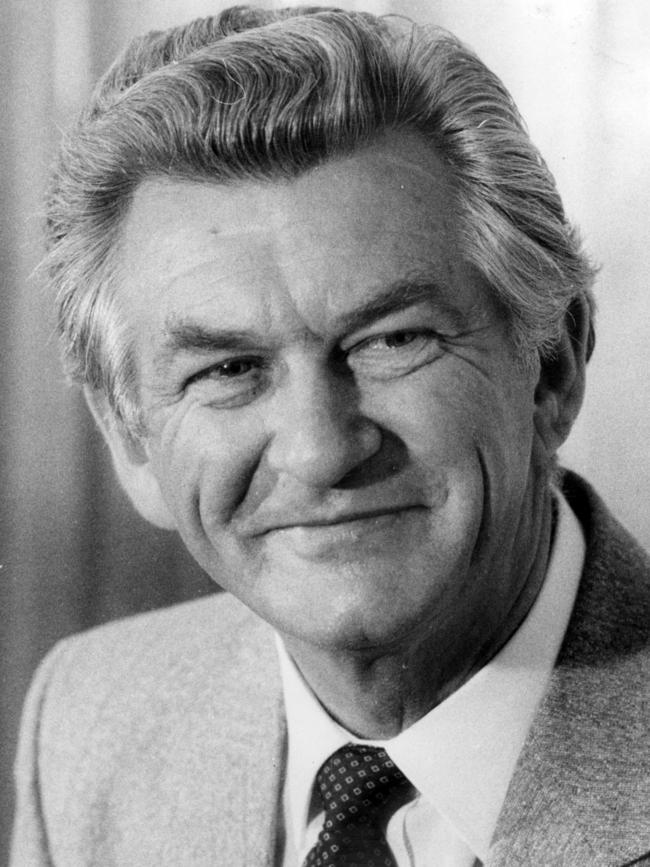
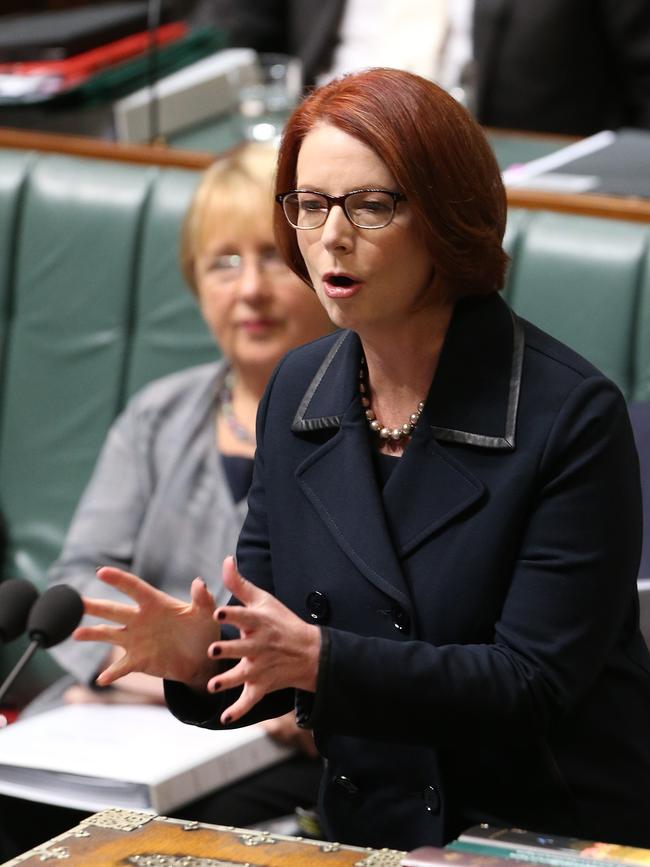
The Prime Ministership has largely bounced like a beachball between NSW and Victoria since Federation, although it must be conceded that Sydney has gotten increasingly hoggy in recent years. Of the past 12 Prime Ministers, eight have come from the Emerald City.
Is this good for the country?
The former Liberal Senator for South Australia, Nick Minchin, didn’t think so. He spoke out about “Sydney-centric” governments in 2019, on the basis that place matters.
“When prime ministers are selecting their governments they need to bear in mind the place they are domiciled in, the culture they are brought up in, as it is hugely influential in how their thinking affects policy,” he told The Australian.
While lots of countries have their own “Sydney,” a top dog sort of city, “Australia is actually kind of unusual in having two fairly evenly matched cities in terms of population, that have such a dominant place,” said Frank Bongiorno, professor of history at ANU.
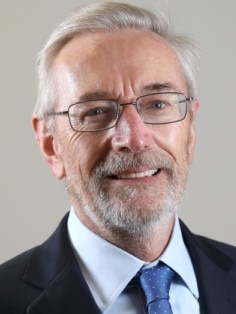
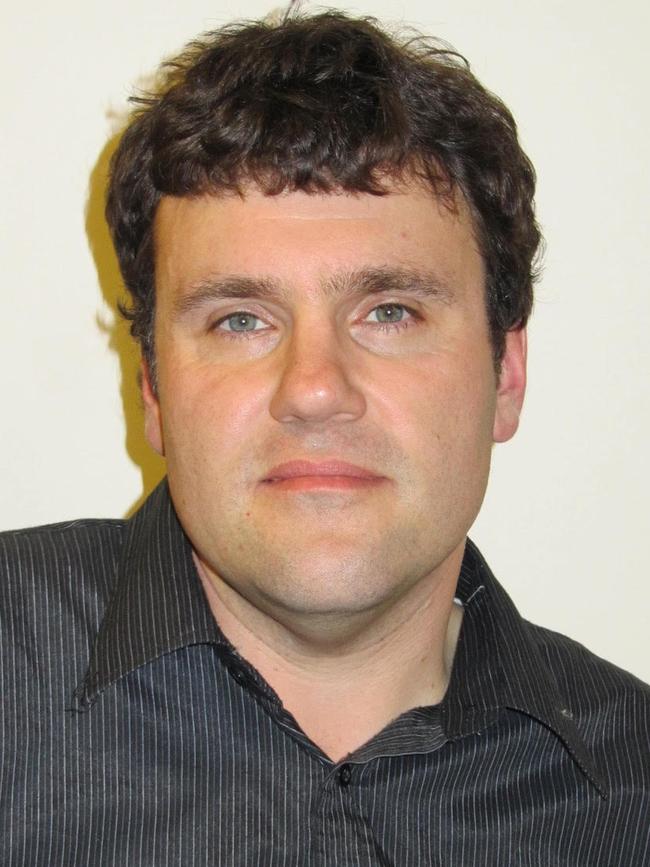
“In the lead-up to World War One, Melbourne and Sydney were both large by international standards, and that gives its own momentum in terms of institutional power and the strength of a group of particular schools and a couple of universities,” he said.
Sydney and Melbourne’s increasing domination of the prime ministership may also explain why so few sons of the bush have ended up running things from the Bush Capital.
In the mid 20th Century, Prime Ministers could hale from heartland locales like Grafton, NSW (Earle Page); Jeparit, Victoria (Robert Menzies); and Bathurst, NSW (Ben Chifley).
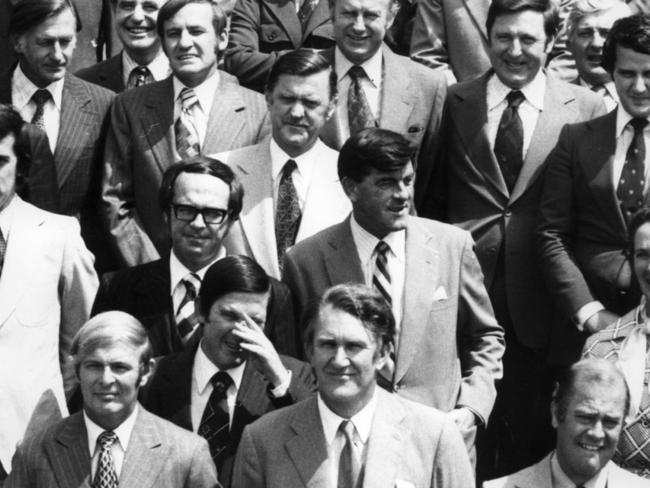
But since Malcolm Fraser, who represented the country Victoria seat of Wannon while he was Prime Minister between 1975 and 1983, one thing can be said of every Australian leader: they’ve all been a bunch of city slickers.
Prof Bongiorno said this reflected the movement of people from the hinterland to the coast.
“From the late 19th century through to about the 1960s, regional towns were incredibly lively, vibrant places. If you think of places like Ballarat or Broken Hill, they had very strong cultural institutions, they often had good schools, and they were places that could nurture talent, with strong cultures of self-improvement – things like debating societies and musical tuition. They were places that gave people a leg up, and I suspect that that is harder today,” he said.
Where the state premiers come from
Looking at the origins of the state premiers offers plenty of insights into Australia’s more parochial side.
New South Wales can lay claim to being the most cosmopolitan state, at least as far as the origins of its leaders goes. In recent decades, NSW has drawn its premiers from places as far afield as Hungary, New Zealand and the USA, as well as two from Victoria (Mike Baird and Barry O’Farrell) – although interestingly, never once to anyone who was born in Queensland.
For its part, the Sunshine State has favoured a mix of outsiders and homegrown sons and daughters for its premiership. Joh Bjelke-Petersen was a bit of both, having been born in New Zealand but raised in Kingaroy. And at least one recent premier (Peter Beattie) was born south of the border.
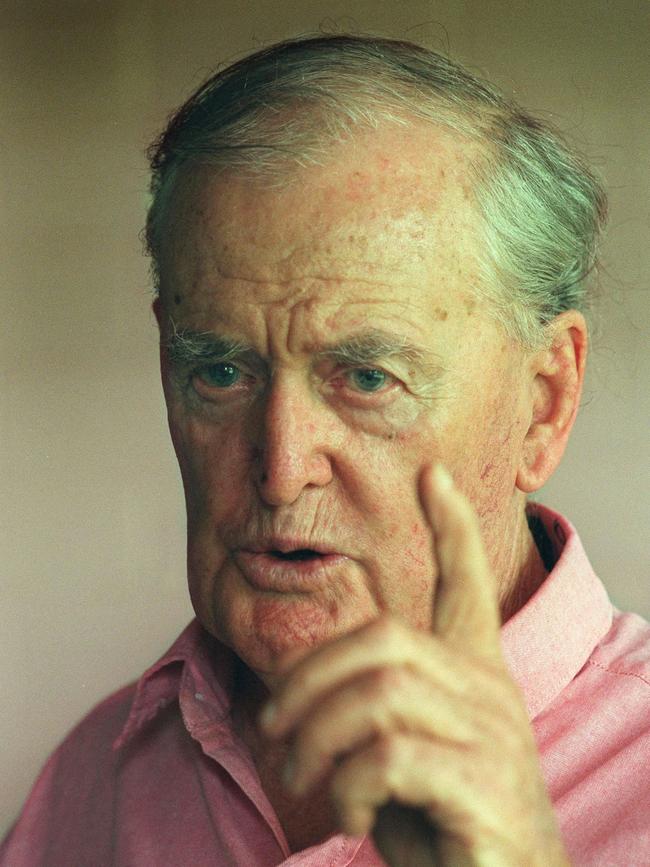
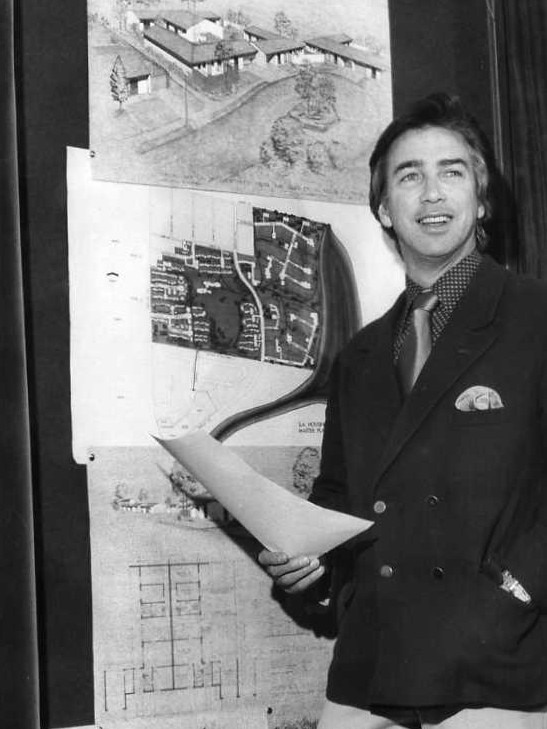
It’s a similar story in South Australia, which has drawn most of its state leaders from within its own ranks, but with a few exceptions, such as Don Dunstan (Fiji), Mike Rann (England) and John Bannon (Bendigo).
Despite having reputations – fairly or unfairly – for favouring locals, WA and Tasmania have both welcomed premiers from outside. WA has had leaders from NSW (Mark McGowan) and Victoria (Peter Dowding), while Tasmanian premiers are a mix of local-born, mainlanders (Jim Bacon and Robin Gray) and a couple from overseas (Peter Gutwein was born in England; Lara Giddings in Papua New Guinea).
The ACT has had just one Chief Minister born locally (Katy Gallagher), while the past four Chief Ministers of the NT have all been bona-fide Top Enders.
But the biggest “closed shop” in Australian politics is actually the premiership of Victoria. Citizens of the Garden State have adhered to an unspoken, unwritten but rigid “locals only” rule for decades. You have to go back to the 1950s before you find a Victorian Premier who was not born there.
More Coverage
Originally published as Mapped: PM trend Dutton will be fighting against




